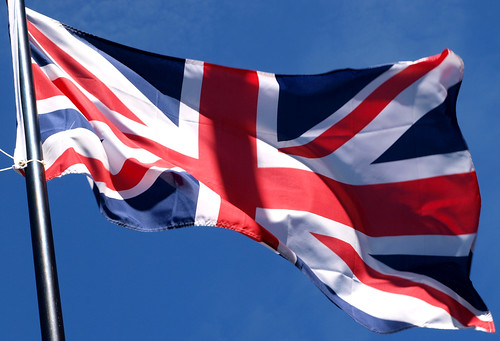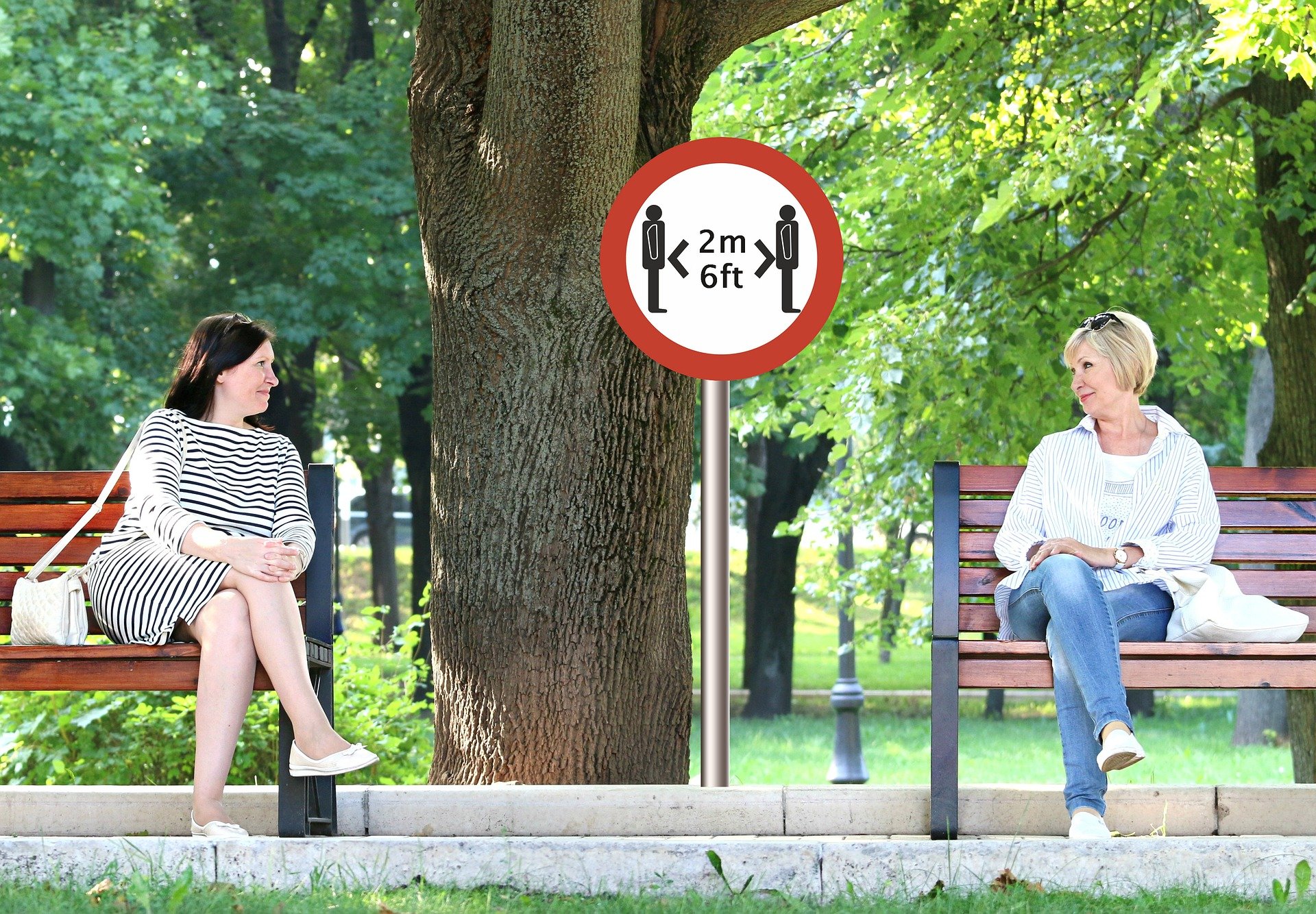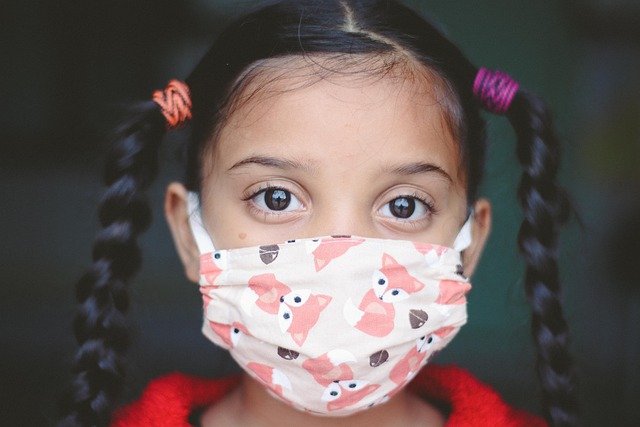A Pilot Study of Generic Visuals of Brexit and Covid-19: (I) focus on stock photography
by Camilla Mørk Røstvik and Giorgia Aiello :
This is the first of two blogposts about our pilot study of generic visuals of Brexit and Covid-19 in the news. This post focuses on stock photos.
Men with flags. Needles entering arms. The Prime Minister. Children in masks. Vaccine vials. Bar charts and lists of metrics. These were some of the visual themes that emerged after a two-week pilot study of images of two high-profile news stories, the Covid-19 pandemic and Brexit conducted in the weeks 14-18 December 2020 and 4-8 January 2021.
For the pilot study, we gathered online content relating to these topics from BBC Yorkshire, the Reach Media group, and the Financial Times. Reach Media samples included Express, Mirror, Daily Star, and Echo newspapers, and Devon Live, Teesside Live, Stoke-on-Trent Live and Leicestershire Live websites – one newspaper and one website randomly selected every day.
All images were sampled. We organised the images by theme and captured screenshots of each in their webpage context (including ads and comments) and independently. We collected all the top line images and all examples of data visualisation. As other news stories surfaced, including the storming of the US capitol and a snowstorm, our two chosen stories ebbed and flowed from cover story to footnote.
The pilot study was conducted to gain deeper understanding of how visuals are used in online news stories and begin to develop the methodological and conceptual tools for our longer-term project. As we explain in the first blog post about the Generic Visuals in the News project, generic visuals include stock photographs and simple data visualisations. The pilot was designed to find examples of such visuals and to explore whether we need to include other types of images in our research.
By focusing on two topics and chartering their representation, we wanted to begin asking questions about the concept of genericity in the visual communication of current events and issues in the news media. What exactly is a generic visual? How does it function across and within news stories? Starting from the working definition that we developed in our preliminary research and which is reported on our website, with this project we intend to expand knowledge on the role of generic visuals in public life. In doing so, we want to account for the various forms that everyday imagery used to illustrate news stories may take.
Our pilot resulted in over a hundred images, of which 79 were photos. These images help us begin to answer some of our questions, while raising others regarding choice of themes, media outlets, and timing.

"British flag (Union Jack) in Bangor" by Iker Merodio
Figure 1: "British flag (Union Jack) in Bangor" by Iker Merodio | Photography is licensed under CC BY-ND 2.0
In stories about Brexit and Covid alike, one visual theme is the representation of patriotism and political action through flags. Images of various politicians (but usually Prime Minister Boris Johnson) in front of British flags were reproduced and re-contextualised again and again, often taken from the same Getty Images collection of editorial photographs. Flag and politician stand for moments of national crisis, unity, or confusion. It seemed like a convenient, if vague, way to represent stories about the pandemic’s economic effects, or Brexit stockpiling, or Britain’s response to the French president falling ill with the virus. Although each story is unique, the collective imagery of politicians with flags tells us little about the specific narrative at hand, while telling an overarching ‘story’ about nationhood and nationalism in times of crisis.

Image by Tumisu from Pixabay
Figure 2: 'Social Distancing' - Image by Tumisu from Pixabay
In contrast, the representation of citizens follows different patterns. Army employees were showed helping out in the pandemic, wearing camouflage, high-viz vests, masks and berets – a new type of uniform made normal by a new enemy. Likewise, children were photographed far apart, with black masks, never at play – another everyday situation altered by the virus. Cities and transport were now abandoned, stadiums turned into hospitals, supermarkets welcoming lines of socially distanced, masked and nervous customers. An emerging category of stock photography began capturing the ‘new normal’, typified by friends seated far apart on a park bench, or someone working from home alone. Likewise, the uncanny and, viewed context-free, confusing images of empty or full supermarkets, dogs on a walk, parked trains, and closed pubs, sketched out the toll on public space. Collectively, these images of everyday life during the pandemic illustrate the ways in which it has changed the near totality of human activity as we knew it.
Since our pilot study was conducted in the weeks after the vaccine was approved for use in the UK, images and graphs about the vaccines were also frequent. But in contrast to the symbols that represented Covid-19 in the early days of the pandemic, especially that unfriendly spiky molecule, images of vaccination are more reassuring. These now include simultaneously generic and specific images of the first people to get the shot in the UK: blue medical-grade masks and (always) female nurses giving patients their vaccination in their left arm, with details of the specific age, background and name of the recipient. In a rather unusual photograph, a happy centenarian is captured in mask and sparkly tiara in a local park, post-vaccination. But most images were less whimsical, focused on people in care homes and the intense, never-ending, work of the nursing teams.
Another feature of the vaccination-themed images could be spotted in the increase of brand names. By week two, images of the Moderna or Pfizer pharmaceutical company logos began circulating. Like the flag, these logos appeared in and out of context, symbolising a wide array of stories and debates, prepared by photographers or designers who had made an educated guess about which brand images would be needed by editors first.

Figure 3: 'Girl Face Mask' - Image by Marcos Cola from Pixabay
Our pilot helped us identify some visual themes that seem to be morphing from a specific status to a more abstracted form. For example, photographs of vaccination were first novel in nature and commented on in-text, then became stock imagery produced by visual content providers like Getty. Over time, it no longer mattered who was being vaccinated in an image, as long as someone was. Similarly, flags and national maps function as generic visual markers of the state, in relation to politics and identity alike, and as such they can easily migrate from content about Brexit to Covid and beyond. In these ways, imagery is re-contextualised and circulates at an increased rate, and this is certainly something that contributes to these visuals’ status of genericity. But there is more to these generic visuals than we can address in this short blogpost. We will return to a reflection on the genericity of the visuals we collected for this pilot study in our third blogpost in this series.
